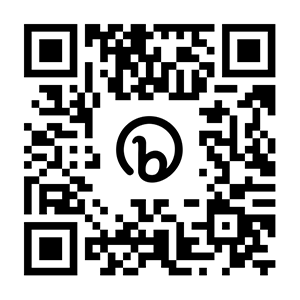Emerging payment policy: QR codes as an alternate payment method
This article is the second in a series exploring emerging topics in payment policy. Each explains key policy issues, considerations, and Payments Canada’s current and potential future role within them.
Quick Response — or QR code — payments are an alternative payment method that allows users to take advantage of contactless payments. We’ve all seen QR codes over the years, as they’ve been around since 1994. Companies have used them creatively to redirect consumers to their websites. Lululemon even had them as the pattern on boxer shorts that, when scanned, redirected the user to Lululemon’s website.
If they’ve been around since 1994, why are we calling it an emerging policy? Because QR codes as an alternative payment method in Canada are relatively new.
Types of QR payments
There are two types of QR-initiated payments: merchant-presented and customer-presented.
Merchant-presented is when a vendor presents their unique QR code to a consumer. The consumer scans the QR code with their mobile device and confirms the payment amount.
Customer-presented is where a consumer displays their unique QR code generated by a payment app on their mobile device. The merchant then scans the QR code to request a payment.
QR payments around the world
QR payments are an emerging payment policy item in Canada, but they’re already being used around the world. Countries like Australia, Brazil, Jordan, Hong Kong, and India have all adopted QR payments. They’ve been particularly successful in Asian economies due to low card usage across the continent.
To ensure safety and security of QR payments, each region has developed a QR payment standard based on EMVCo’s QR harmonized payments standard. EMVCo is a global technical body that helps make safe, reliable, and convenient payments possible anywhere in the world.
One of the main drivers for global QR payments adoption is its ability to promote financial inclusion. QR payments allow merchants to interact with digital payments without having to pay for expensive infrastructure and technology. QR payments, which can support the digitization of cash-dominated spaces, also provide a low-cost alternative to card networks. This is especially beneficial for merchants that do not accept cards as a payment method.
Scan this QR code to learn more about inclusivity in payments
The QR landscape in Canada
To date, Canada has not experienced significant uptake of QR payments. However, the pandemic created a demand for contactless payments (as seen on page 5 of the CPMT 2022 Report), which fostered a growing interest in QR payments.
In November 2020, a working group of multiple stakeholders from across the Canadian payment ecosystem was assembled in response to the heightened interest in QR payments. Through this working group, a baseline of standards to build QR payment infrastructure in Canada was developed.
Payments Canada’s role
Payments Canada is developing potential scenarios for its involvement in QR payment standardization. Payments Canada’s policy and research teams will continue to work collaboratively to understand the impacts of QR payments in Canada and the role the organization can play.
To stay connected and informed on the latest changes in payments, subscribe to Payments Canada’s newsletters or join us at The SUMMIT, our annual conference. And you’re encouraged to read the first article in this series that covers central bank digital currency.


